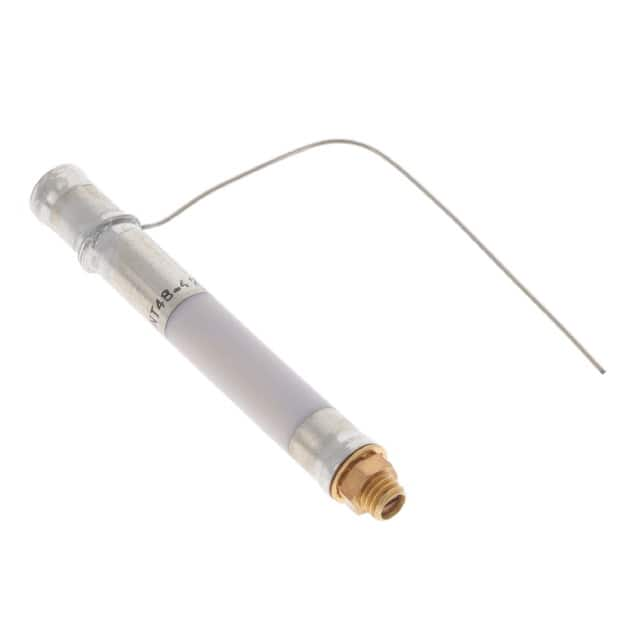NMNT Series, Trimmers, Variable Capacitors
Results:
3
Manufacturer
Series
Capacitance Range
Height - Seated (Max)
Voltage - Rated
Size / Dimension
Operating Temperature
Dielectric Material
Q @ Freq
Features
Mounting Type
Adjustment Type
Results remaining:3
Applied Filters:
NMNT
About Trimmers, Variable Capacitors
Trimmers and variable capacitors are components that allow for the adjustment of capacitance within a specific and relatively narrow range. They are available in capacitance values ranging from a few picofarads to a few nanofarads, with voltage ratings extending from tens of volts to kilovolts. These components are commonly used in applications such as calibration, tuning, and matching circuits. Trimmers and variable capacitors provide the flexibility to fine-tune capacitance to achieve desired performance characteristics. However, it is important to consider that they can be relatively expensive and have the potential for maladjustment. Therefore, it is advisable to use fixed value capacitors whenever possible to ensure stability and cost-effectiveness. In summary, trimmers and variable capacitors offer the capability to adjust capacitance within a specified range and are commonly utilized for calibration, tuning, and matching purposes. While they provide flexibility, their higher cost and potential for maladjustment suggest that fixed value capacitors should be considered when suitable.



